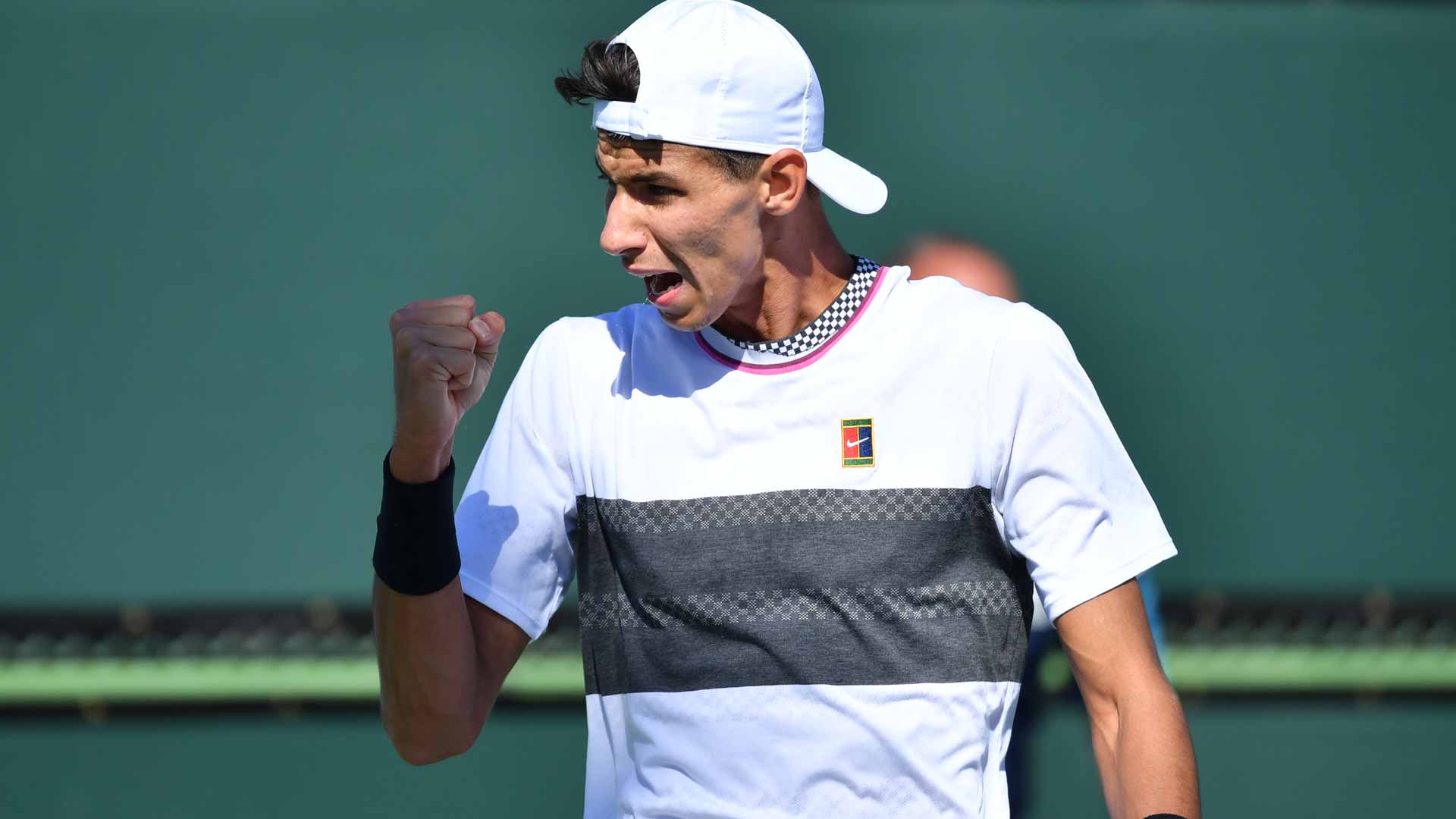| 2020 Australian Open |
|
Venue: Melbourne Park Dates: 20 January to 2 February |
|
Coverage: Listen on BBC Radio 5 Live Sports Extra and online; Live text on selected matches on the BBC Sport website and app. |
Roger Federer says he could not have “gone on court and told people to stop” when poor air quality affected players in Australian Open qualifying.
Bushfires in Australia have caused air pollution issues and several lower-ranked players criticised the top stars for not publicly supporting them.
Swiss great Federer said he spoke to tournament officials, telling them they needed to communicate better.
The 20-time Grand Slam winner said: “I don’t think I can do more than I did.”
The 38-year-old world number three, who has won six Australian Open titles, added: “We all care for one another. I told them communication is key for all of us, for everybody.
“We just need to do more because I feel like I hadn’t got enough information.”
Fires have been raging in Australia since September, killing at least 28 people, destroying thousands of homes and scorching millions of acres of land.
Spanish top seed Rafael Nadal says he also spoke to Australian Open tournament director Craig Tiley and was “convinced” by the reassurances given that players would be taken off court if air quality experts deemed it was unhealthy to compete in.
Slovenia’s Dalila Jakupovic had to be helped off court when she retired from her qualifying match on Tuesday because of the air quality.
British player Liam Broady said having to play his first-round qualifier on the same day “made his blood boil”, adding he was “gasping for air” as he lost to Belarusian Ilya Ivashka.
People in Melbourne were advised to stay indoors and keep pets inside on Tuesday.
Australian Open organisers have since confirmed matches will be suspended if the level of air quality goes above 200 on the PM2.5 measure they are using.
This information was made public for the first time on Thursday evening, with the players only receiving the information in an email sent out on Wednesday night – described by Broady as “a slap in the face”.
Federer said a lot of players were left confused on Tuesday and Wednesday.
“So what can I do? I can go to the office, speak to them. I went to them the first day when it was bad on Tuesday, the next day on Wednesday when it was still bad,” he added.
“Can I go on court and say, Everybody stop play? I can try. I don’t think that’s going to do much.”
Tiley said the tournament decided on a threshold of 200 for suspending matches after talking to environment experts and respiratory specialists, adding some sporting events – including the Olympics – use 300 as their benchmark.
“I received – and that doesn’t mean everyone should be the same – an answer that convinces me,” Nadal, a 19-time Grand Slam champion, said.
“They told me that they have the right specialists here analysing and monitoring the air every four minutes.
“There are parameters, if it is over 200, we don’t play, and if it is under 200 we normally play.
“And I was given an answer that the ‘Olympic rule’ is until 300 you can keep competing.
“I really cannot believe that the most important committee in the world wants bad health for the competitors.
“So that answer convinces me. I am here to play.”
However, Canadian 13th seed Denis Shapovalov says he would not play – and default a match – if the air quality became hazardous.
“I don’t want to risk my life, risk my health being out there playing in these conditions when I can play for the next 10-15 years,” said the 20-year-old.
“I think everyone is on the same page in terms of how it is.
“I don’t think anyone is happy with the way things are being dealt with.”
Shapovalov, who helped Canada reach the Davis Cup final in November, said tournament officials should consider reducing men’s matches to three sets if play is suspended for long periods because of poor air quality.








